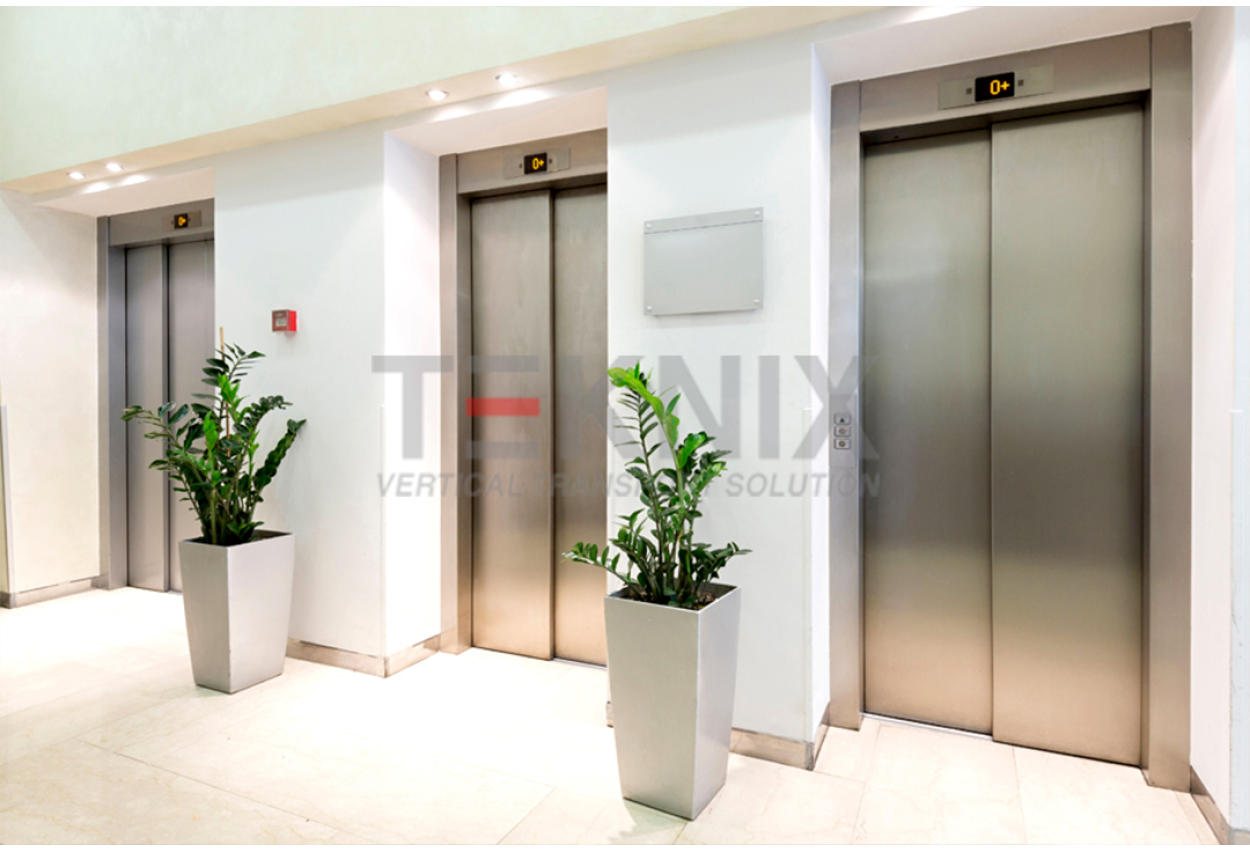Leading Lift Companies in London: Supplying Exceptional Solution and Assistance
Delving Into the World of Lifts: Typical Concerns Dealt With by Various Lift Systems
As we navigate through the upright transport systems of contemporary structures, elevators attract attention as a crucial part of our day-to-days live. Nonetheless, behind their seamless procedure lies a world of detailed systems that can in some cases run into difficulties. From hydraulic elevators to grip systems and machine-room-less layouts, each lift type includes its set of usual issues. Comprehending these obstacles is vital for making sure the smooth functioning of these essential systems. Let's check out the intricacies that underlie the procedure of lifts and the possible problems that can emerge, clarifying the intricate web of lift systems.
Hydraulic Lifts
Hydraulic elevators, often chosen for low-rise buildings, use fluid pressure to manage the motion of the lift vehicle (lift repair companies). This system includes a hydraulic pump pressing oil right into a cyndrical tube, triggering the lift to move in the desired instructions. While hydraulic lifts are understood for their smooth and silent procedure, they do include their very own set of typical problems
One common issue with hydraulic elevators is oil leak. Additionally, issues with the control system, such as damaged shutoffs or a malfunctioning pump, can trigger disruptions in the elevator's motion.
Routine maintenance and punctual repair services are necessary to make sure the smooth functioning of hydraulic elevators. By dealing with these common concerns proactively, building proprietors can lessen downtime and guarantee the safety and security and effectiveness of their vertical transport system.
Traction Lifts
When thinking about vertical transport systems in buildings, an additional typical type apart from hydraulic elevators is the grip elevator. Grip lifts run using a system of ropes and weights that move the elevator cars and truck by grasping onto the hoist ropes. This mechanism enables smoother and faster upright transportation contrasted to hydraulic systems.
Among the usual issues encountered by grip elevators is rope wear. The continuous motion of the ropes within the grip system can lead to tear and put on gradually, potentially causing the lift to breakdown or end up being unsafe for use. Regular inspections and upkeep of the ropes are vital to ensure the lift's proper performance and safety.
One more concern that traction elevators might run into is associated with the control system. Issues with the control system can lead to problems such as unpredictable activity, hold-ups in response times, or even total shutdowns. Routine screening and upkeep of the control system are crucial to avoid such problems and make certain the lift's integrity.
Machine-Room-Less (MRL) Elevators

Among the essential components of MRL elevators is the portable gearless traction maker that is installed within the hoistway. This equipment efficiently drives the lift automobile without Look At This the need for large tools discovered in typical traction lifts. Additionally, MRL lifts normally use a counterweight system to balance the cars and truck, more improving their power performance.
In spite of their benefits, MRL elevators might face difficulties connected to upkeep and fixing as a result of the restricted area for equipment installment. Availability for servicing components within the shaft can be limited, calling for specialized training for specialists. Proper upkeep routines and regular inspections are critical to guarantee the ongoing smooth operation of MRL elevators.
Overloading and Weight Limit Issues
Are lifts geared up to take care of excess weight lots successfully and securely? Overloading and weight limitation issues are crucial issues in elevator operations. Elevator makers design lifts with specific weight capacities to ensure Continue passenger safety and security and equipment longevity. Surpassing these weight restrictions can bring about various problems, consisting of mechanical failures, delays, and safety and security hazards.
When elevators are overloaded, it puts too much pressure on the motor, cords, and various other elements, potentially triggering failures or malfunctions. If they spot excess weight, safety and security systems such as sensors and overload sensing units are in area to prevent elevators from moving. In addition, exceeding weight limitations can lead to raised energy intake and deterioration on the elevator system.
To minimize overwhelming concerns, developing managers need to prominently show weight limits in elevators and enlighten residents on the significance of sticking to these restrictions - lift repair companies. Normal maintenance checks by certified specialists can likewise assist ensure that elevators are operating within secure weight specifications. By addressing overloading and weight limitation concerns proactively, structure proprietors can improve elevator security and efficiency
Electric System Failings
Surpassing weight limitations in lifts can not just lead to mechanical concerns yet likewise possibly add to electrical system failings within the lift facilities. Electrical system failings are a critical issue in elevator operation, as they can trigger unforeseen shutdowns, malfunctions, or also security dangers.
Routine maintenance and inspections are crucial to recognize and resolve possible electrical problems quickly, ensuring the secure and reliable operation of lift systems. By sticking to weight restrictions and conducting routine electrical system checks, structure proprietors can minimize the threat of electric failures in elevators.
Conclusion

Hydraulic lifts, typically liked for low-rise structures, use fluid stress to manage the activity of the elevator auto.When taking into consideration upright transport systems in structures, an additional typical type aside from hydraulic lifts is the grip elevator. Traction elevators operate using a system of ropes and weights that relocate the lift auto by gripping onto the hoist ropes. Unlike typical elevators that require a different machine area to house the equipment, MRL lifts integrate most of the elements within the shaft, getting rid of the demand for a dedicated machine space.In final thought, elevators face common concerns such as hydraulic breakdowns, grip system failings, and electrical system problems.